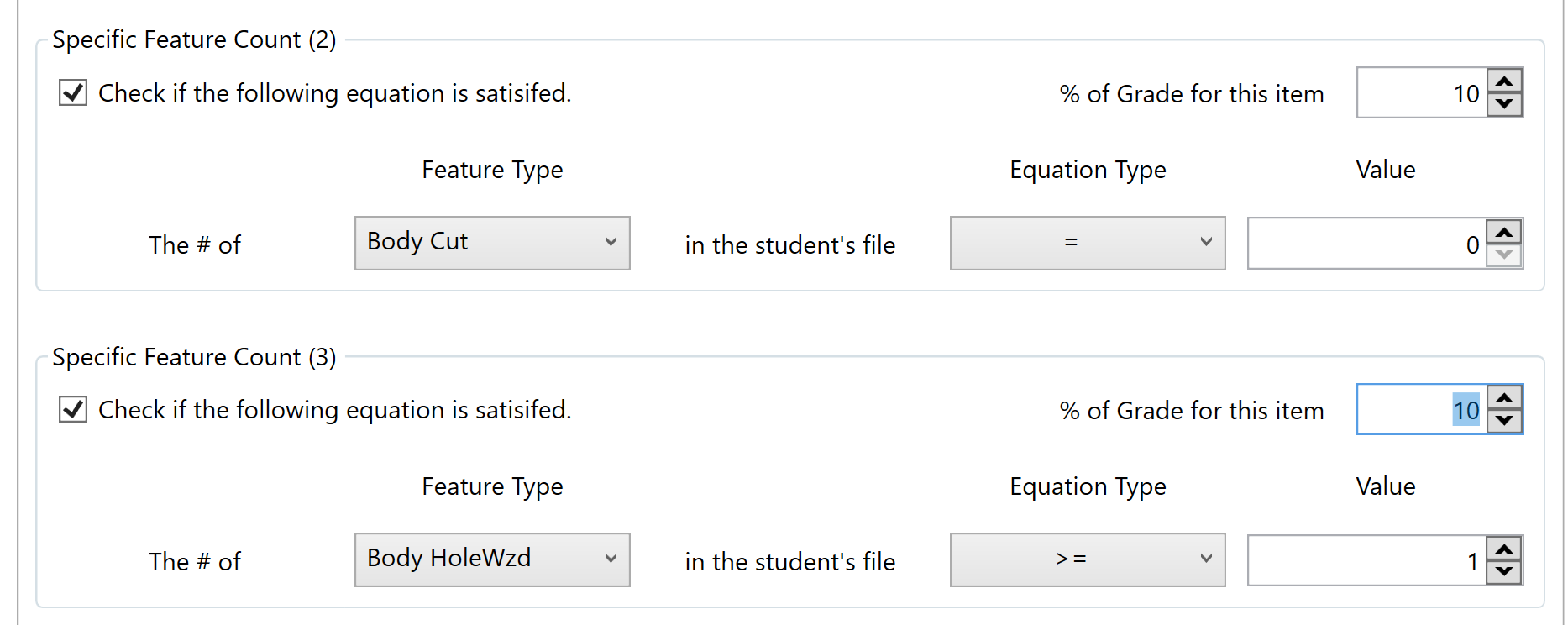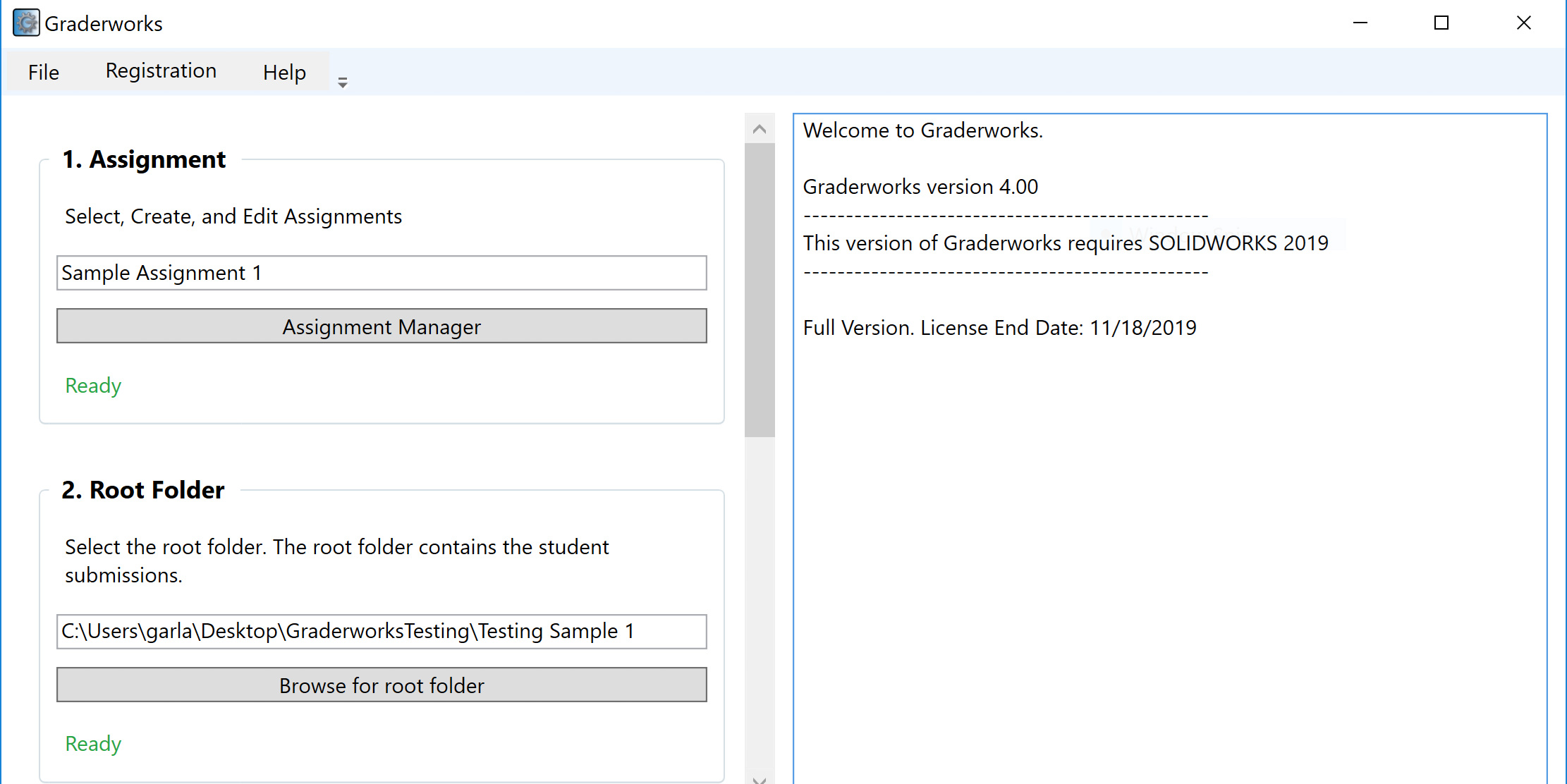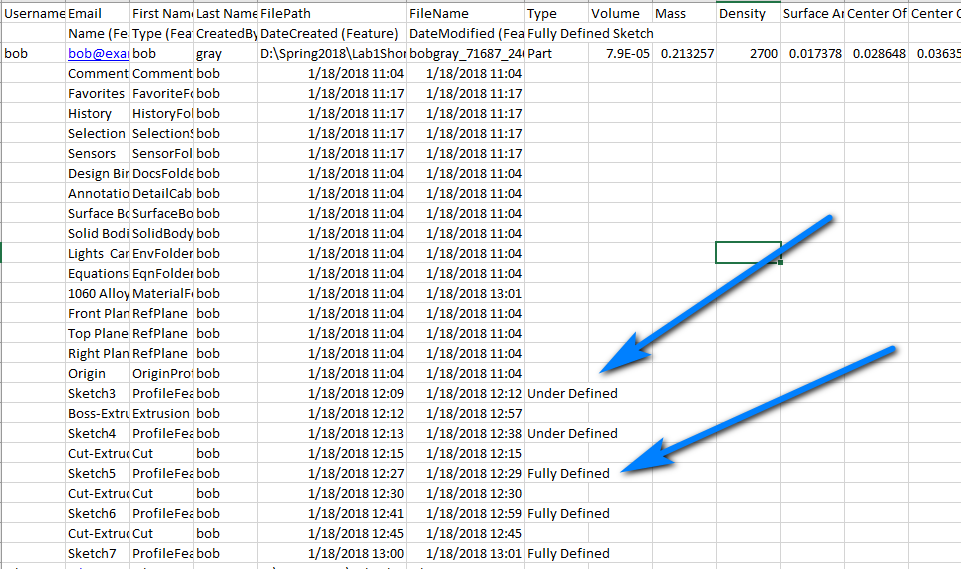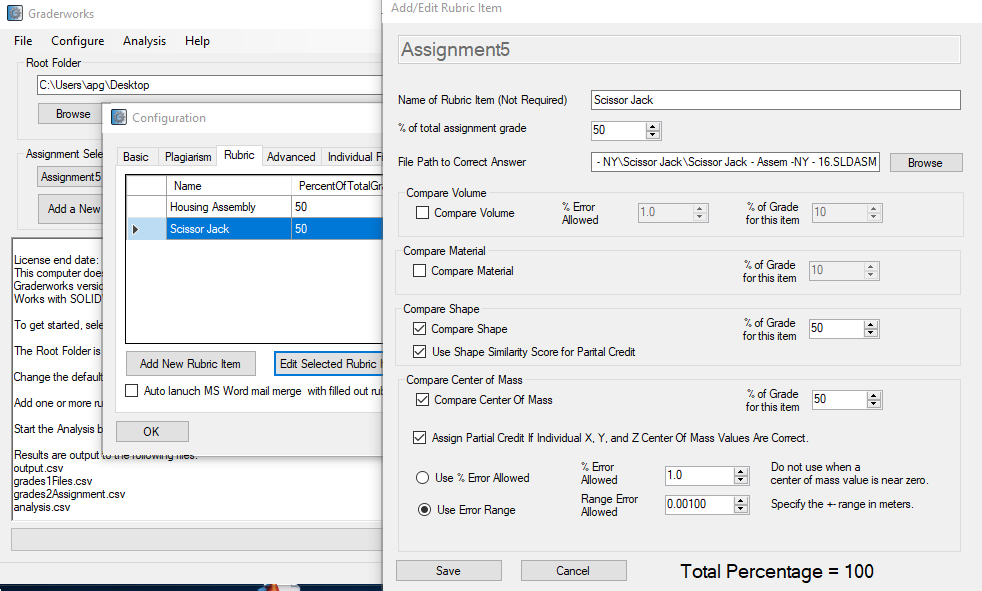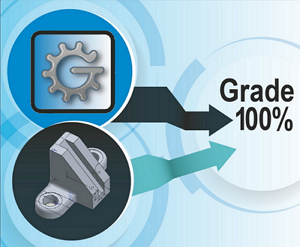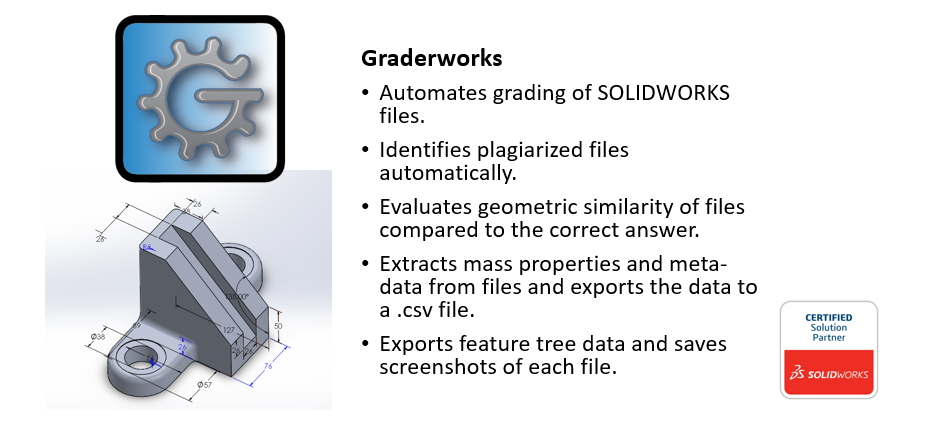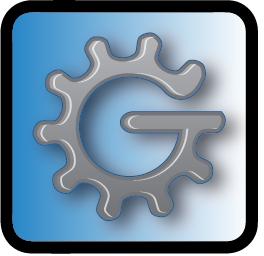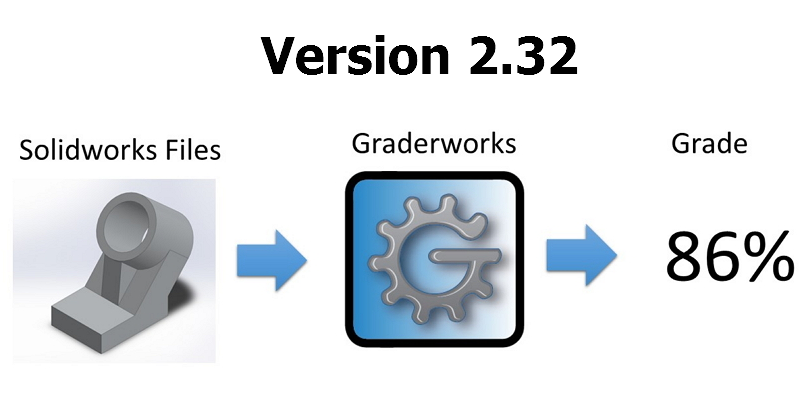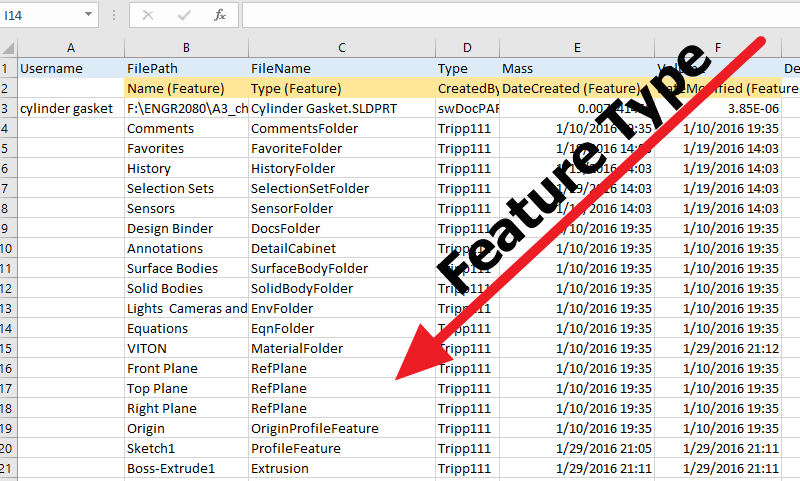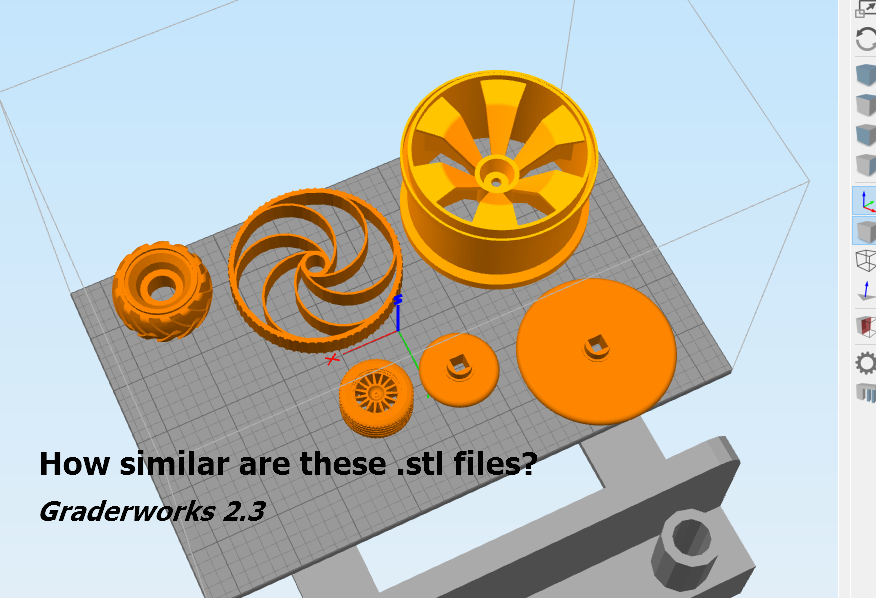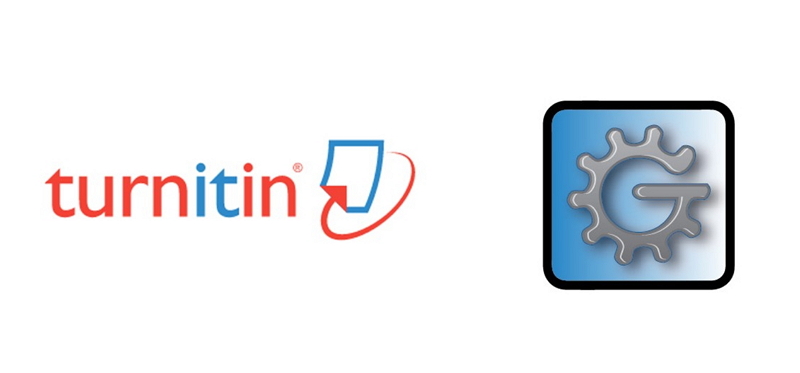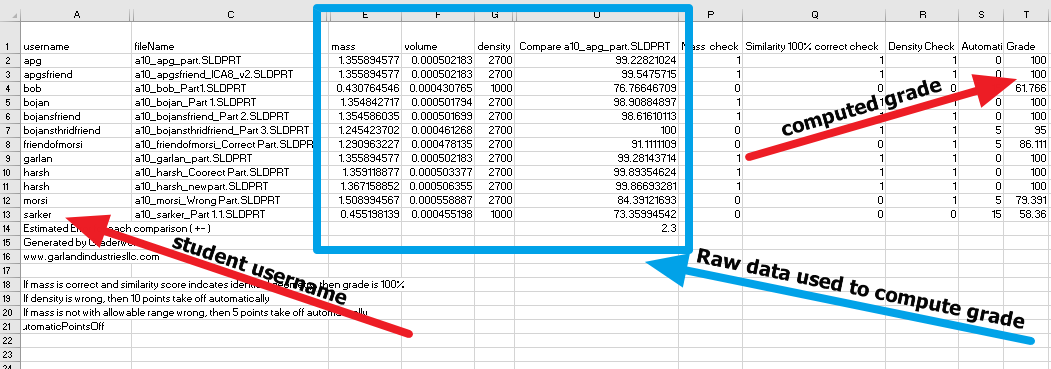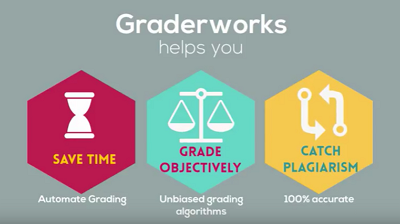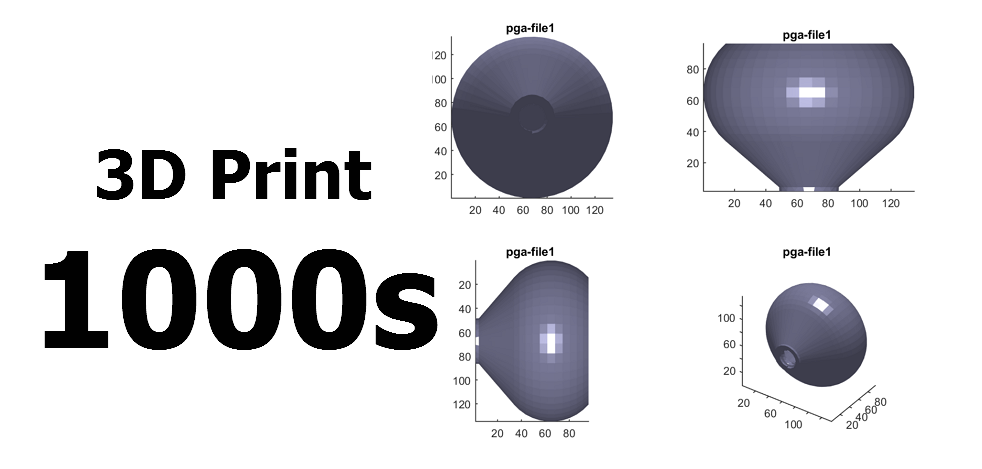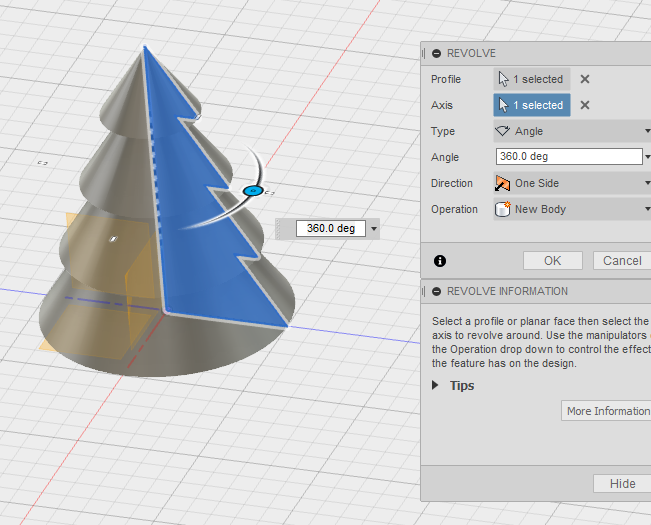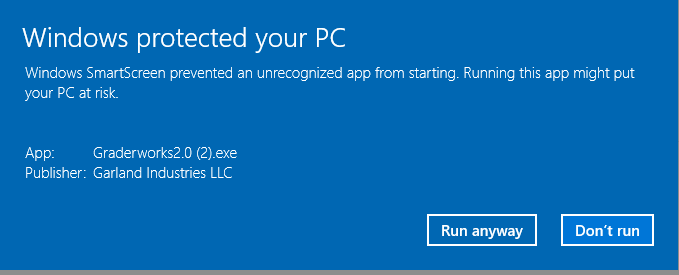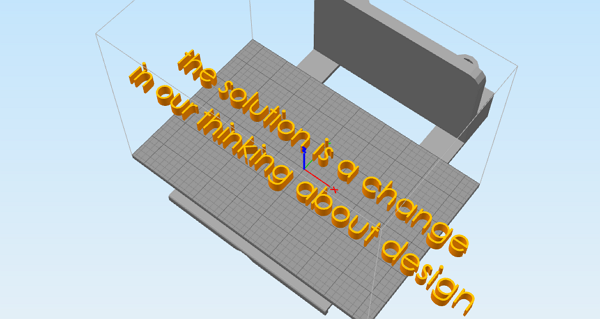Like what you see?
Sign up to our free mailing list!
Evaluation of Humans and Software for Grading in an Engineering 3D CAD Course
Anthony Garland and Sarah Grigg published a paper showing the effectiveness of automated 3D model grading tools within the context of a SOLIDWORKS course.
New Grading Items in GW 4.07 - 4.30
Gradeworks can help you automated SOLIDWORKS grading. New grading items include: required or disallowed feature check, total feature count, assembly interference check, units check, and solid body count check.
Graderworks 4.00
We are happy to release Graderworks 4.00. This new version of Graderworks is a complete overhaul of the user interface to streamline and simplify configuring Graderworks. The general workflow for configuring Graderworks is the same as in previous versions.
Graderworks 3.10 Check for Fully Defined Sketches
What's new in Graderworks 3.10? Increased data collection speed. Check for fully defined sketches using rubric items. When creating rubric items, you can now select "check for fully defined sketches". Graderworks will identify all the sketches in a model, and check their constraint status to make sure they are fully defined. Preview the username extraction.
Graderworks 3.00
Graderworks 3.00 has new improvements which help fully automate grading of SOLIDWORKS 3D models. In addition Graderworks's checks are easier to use and give you more control. If you teach SOLIDWORKS, then contact your SOLIDWORKS reseller or Garland Industries today in order to try Graderworks free for one semester.
Graderworks: SW 2017, Config files, Command line args
Graderworks 2.36 and higher is compatible with SOLIDWORKS 2017. Graderworks now can read and write configuration files. Graderworks also now accepts input arguments to help automate your process.
Graderworks: An Official SOLIDWORKS Solution Partner
Garland Industries is happy to announce that Graderworks is now an official SOLIDWORKS Solution partner. Our goal with Graderworks is to make teaching easier for SOLIDWORKS educators by giving them the technological tools to help educate the next generation of SOLIDWORKS users. Similar to learning other skills, the best way to become proficient at SOLIDWORKS is practice. The challenge of assigning large amounts of 3D modeling practice problems is finding time to grade them all. Graderworks helps solve the problem by giving the educator the tools needed to automate grading of SOLIDWORKS files quickly.
Graderworks 2.35
Several more improvements have been made to Graderworks in version 2.35.
Graderworks 2.32 Release
Graderworks 2.32 represents continued incremental improvement in the overall quality and usefulness of the software. Changes in 2.32 include improved accuracy of the geometric comparison. Most comparisons will now have an estimated error of less than 3.1%.
Design Automation Example
A design automation example is given showing topology optimization coupled with material gradient optimization.
Graderworks 2.31
Graderworks 2.31 includes the following updates. 1. When analyzing .stl files the surface area of each file is exported. 2. The output.csv file headings are clearer than before. 3. When exporting the list of features from a file, the feature type is now correct identified.
Graderworks 2.3 Update
Update on Graderworks 2.3 Several major bugs were fixed.
Graderworks 2.3 Release
Graderworks 2.3 allows you to compare the geometric similarity of .stl files with other .stl files. You do not need Solidworks installed. A short example shows computing the geometric similarity of several wheels from thingiverse.com.
Turnitin vs. Graderworks
Graderworks is the Turnitin of 3D models. Not using a plagiarism checker in a Solidworks class is being naive since students can easily email and share digital Solidworks files. Graderworks automatically checks for plagiarism using a variety of techniques.
Getting Started with Graderworks
This tutorial shows how to get started analyzing and grading Solidworks part files using Graderworks. Also, it shows how you can catch plagiarism of Solidworks files.
The Making of Graderworks Video
As an engineering entrepreneur, marketing is not my strength. To make high-quality videos that communicated the message about Graderworks, I choose to use Powtoon.
Organizing hundreds of .stl files for 3D printing
How would you 3D print hundreds of .stl files in the shortest time possible using two or more 3D printers? Find out how and download the code used to organize the prints from GitHub.
What is unique about 3D printing?
3D Printing offers many new exciting possibilities, but why is it unique? Three reasons are given 1. Increased part complexity does not increase manufacturing cost or time. 2. Multiple materials can be deposited simultaneously or sequentially. 3. Minimal manufacturing preparation time.
How 3D printing works
3D Printing requires three steps. 1. Getting a 3D model. 2. Slicing the model to generate machine instructions 3. Printing the model on the actual printer.
Preprocessing files for Graderworks: Converting .rar to .zip
Solidworks students submit .rar files instead of .zip. Graderworks requires .zip files, so a short example (and code) is given on how to convert .rar files in bulk.
Windows Smart Screen and Code Signing
A short tutorial on how to sign a Windows installer and what the smart screen filter means for small businesses.
What should we 3D print?
3D Printing opens the possibility of mass customization of consumer products. Mass customization requires a paradigm shift in our thinking about 3D designs from being a geometry to being a process.
Software, dying on the journey from academic project to commercial tool.
Does software make it from academic research to useful commercial tools? Ignorance of basic programming tools makes this conversion difficult. A potential solution is requiring students to articulate how their software could become a commercial tool or open source project.

